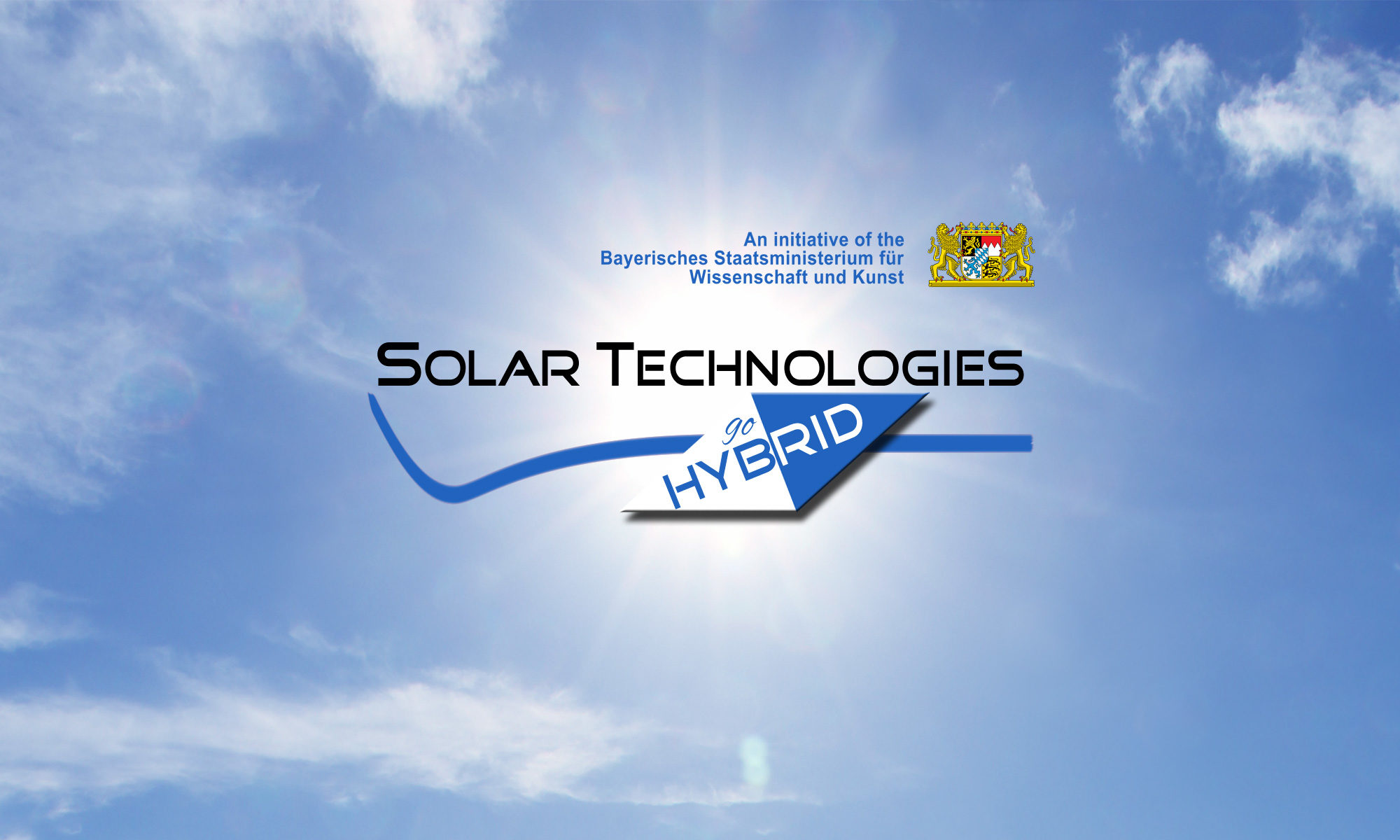Search references:
Trimpl, Michael J; Wright, Adam D; Schutt, Kelly; Buizza, Leonardo R V; Wang, Zhiping; Johnston, Michael B; Snaith, Henry J; Müller-Buschbaum, Peter; Herz, Laura M
Charge-Carrier Trapping and Radiative Recombination in Metal Halide Perovskite Semiconductors Journal Article
In: Advanced Functional Materials, vol. 30, no. 42, pp. 2004312, 2020.
@article{Trimpl2020,
title = {Charge-Carrier Trapping and Radiative Recombination in Metal Halide Perovskite Semiconductors},
author = {Michael J Trimpl and Adam D Wright and Kelly Schutt and Leonardo R V Buizza and Zhiping Wang and Michael B Johnston and Henry J Snaith and Peter Müller-Buschbaum and Laura M Herz},
url = {https://onlinelibrary.wiley.com/doi/abs/10.1002/adfm.202004312},
doi = {https://doi.org/10.1002/adfm.202004312},
year = {2020},
date = {2020-01-01},
journal = {Advanced Functional Materials},
volume = {30},
number = {42},
pages = {2004312},
abstract = {Abstract Trap-related charge-carrier recombination fundamentally limits the performance of perovskite solar cells and other optoelectronic devices. While improved fabrication and passivation techniques have reduced trap densities, the properties of trap states and their impact on the charge-carrier dynamics in metal-halide perovskites are still under debate. Here, a unified model is presented of the radiative and nonradiative recombination channels in a mixed formamidinium-cesium lead iodide perovskite, including charge-carrier trapping, de-trapping and accumulation, as well as higher-order recombination mechanisms. A fast initial photoluminescence (PL) decay component observed after pulsed photogeneration is demonstrated to result from rapid localization of free charge carriers in unoccupied trap states, which may be followed by de-trapping, or nonradiative recombination with free carriers of opposite charge. Such initial decay components are shown to be highly sensitive to remnant charge carriers that accumulate in traps under pulsed-laser excitation, with partial trap occupation masking the trap density actually present in the material. Finally, such modelling reveals a change in trap density at the phase transition, and disentangles the radiative and nonradiative charge recombination channels present in FA0.95Cs0.05PbI3, accurately predicting the experimentally recorded PL efficiencies between 50 and 295 K, and demonstrating that bimolecular recombination is a fully radiative process.},
keywords = {},
pubstate = {published},
tppubtype = {article}
}
References (last update: Sept. 23, 2024):
2020
Trimpl, Michael J; Wright, Adam D; Schutt, Kelly; Buizza, Leonardo R V; Wang, Zhiping; Johnston, Michael B; Snaith, Henry J; Müller-Buschbaum, Peter; Herz, Laura M
Charge-Carrier Trapping and Radiative Recombination in Metal Halide Perovskite Semiconductors Journal Article
In: Advanced Functional Materials, vol. 30, no. 42, pp. 2004312, 2020.
Abstract | Links | BibTeX | Tags: charge-carrier accumulation, perovskite, photoluminescence, trap states, trapping
@article{Trimpl2020,
title = {Charge-Carrier Trapping and Radiative Recombination in Metal Halide Perovskite Semiconductors},
author = {Michael J Trimpl and Adam D Wright and Kelly Schutt and Leonardo R V Buizza and Zhiping Wang and Michael B Johnston and Henry J Snaith and Peter Müller-Buschbaum and Laura M Herz},
url = {https://onlinelibrary.wiley.com/doi/abs/10.1002/adfm.202004312},
doi = {https://doi.org/10.1002/adfm.202004312},
year = {2020},
date = {2020-01-01},
journal = {Advanced Functional Materials},
volume = {30},
number = {42},
pages = {2004312},
abstract = {Abstract Trap-related charge-carrier recombination fundamentally limits the performance of perovskite solar cells and other optoelectronic devices. While improved fabrication and passivation techniques have reduced trap densities, the properties of trap states and their impact on the charge-carrier dynamics in metal-halide perovskites are still under debate. Here, a unified model is presented of the radiative and nonradiative recombination channels in a mixed formamidinium-cesium lead iodide perovskite, including charge-carrier trapping, de-trapping and accumulation, as well as higher-order recombination mechanisms. A fast initial photoluminescence (PL) decay component observed after pulsed photogeneration is demonstrated to result from rapid localization of free charge carriers in unoccupied trap states, which may be followed by de-trapping, or nonradiative recombination with free carriers of opposite charge. Such initial decay components are shown to be highly sensitive to remnant charge carriers that accumulate in traps under pulsed-laser excitation, with partial trap occupation masking the trap density actually present in the material. Finally, such modelling reveals a change in trap density at the phase transition, and disentangles the radiative and nonradiative charge recombination channels present in FA0.95Cs0.05PbI3, accurately predicting the experimentally recorded PL efficiencies between 50 and 295 K, and demonstrating that bimolecular recombination is a fully radiative process.},
keywords = {charge-carrier accumulation, perovskite, photoluminescence, trap states, trapping},
pubstate = {published},
tppubtype = {article}
}
